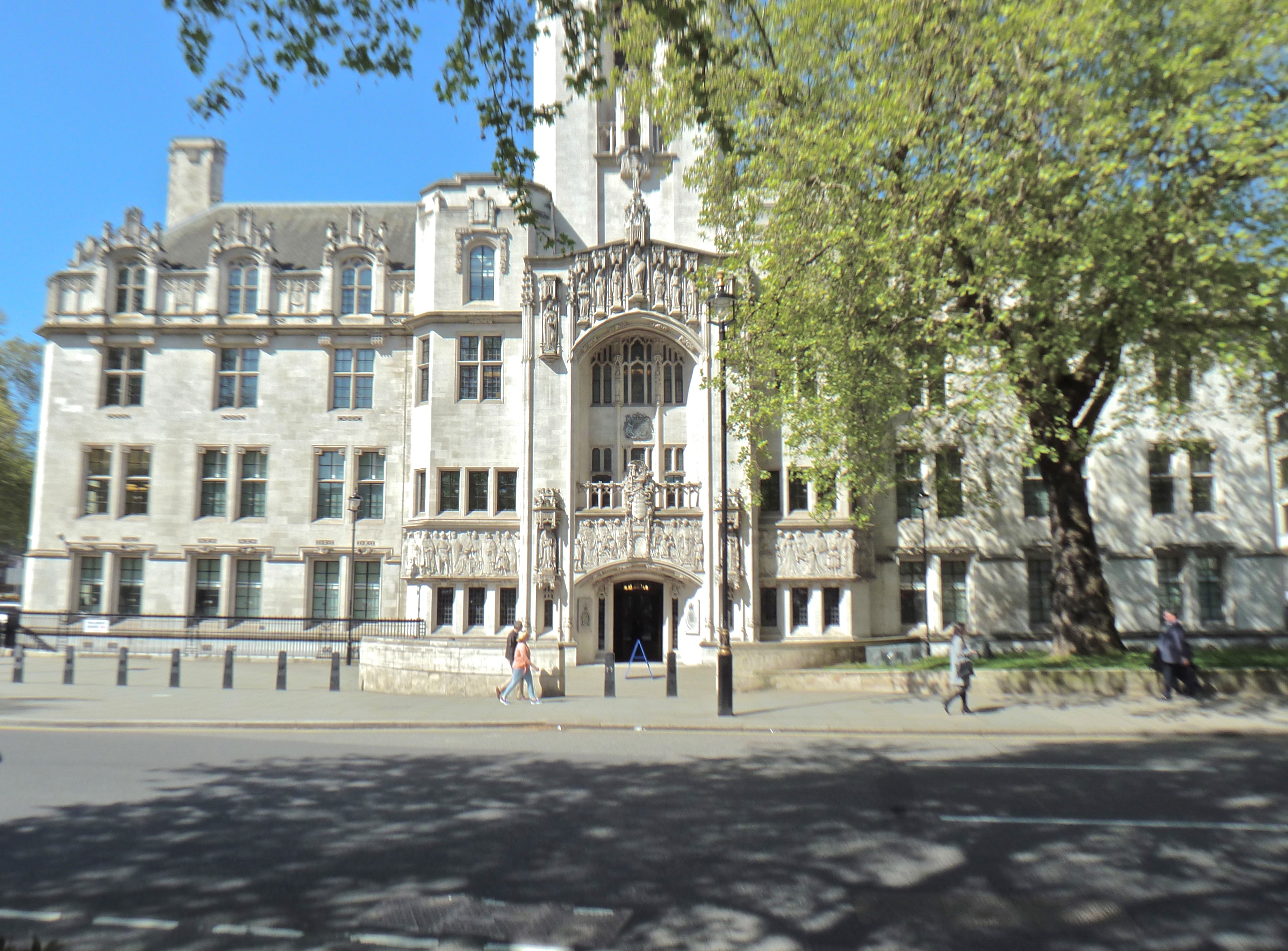Delia Iordachescu, BSc. PPE ‘26 (Reading time: 3-5 minutes)
Recent developments in the international sphere have illuminated just how fragile our world is. For most people, it is almost unimaginable to cross a border without a border check, visa, or passport. However, few know about the world’s largest border-free zone situated in Europe which promotes free movement and economic cooperation among its 27 members. This wondrous zone is called the Schengen Area.
An overview of the Schengen Area
The European Union’s (EU) creation was triggered by the end of World War II – European countries recovering after a disastrous war sought cooperation and safety. At first, the EU was a means to ensure that nothing similar to WWII would ever occur again, but as more countries began to join the original six, the agenda of the union began to expand. Cooperation was no longer about avoiding armed conflict, and it began to transform into the idea that the countries of Europe should unite for the purpose of creating a safe and free space for their citizens.
The idea of free movement between countries – the complete abolishment of borders – was introduced by France and Germany in the 1980s. The proposal initially faced controversy and fears for countries’ security. Nevertheless, on the 14th of June 1985, representatives from France, Germany, Luxembourg, Belgium, and the Netherlands gathered in Schengen, a small village in Luxembourg, and signed the agreement that initiated the creation of the Schengen Area. Five years later, a convention that defined the implementation of a border-free zone, a uniform visa, and means for cooperation between security officers was signed. However, it was not until 1995 that the implementation of the project was finalized between seven countries, which laid the base for what is now known as the largest border-free zones in the world.
As of 2023, taking into account the newest addition of Croatia, the Schengen Area represents a sign of long-lasting cooperation between 27 European countries. The EU’s aim for security, freedom and justice without internal borders has been partially accomplished as almost every EU state apart from Ireland and Romania, Bulgaria, and Cyprus, which are in the process of joining the border-free zone, are a part of the Schengen Area. Additionally, Norway, Iceland, Switzerland, and Lichtenstein are associate members of the agreement to abolish borders.
Security, Tourism and Economic Advantages
Abolishing internal borders and allowing freedom of movement for European citizens incentivises a strong economic collaboration between member states. The Schengen Area encapsulates a population of approximately 420 million people, out of which it is estimated that 3.5 million cross an internal border every day, for either work or study. Annually, 1.25 billion journeys are made within the Schengen zone which tremendously benefits tourism, and contributes to the establishment of a European single market.
From a security point of view, the implementation of the Schengen zone aided in creating a cooperative system of identifying criminals. The Schengen Information System allows states to share information about goods and individuals, which also improves the process of extraditing offenders despite the absence of border checks.
The Weakest Link
The Schengen zone is based on the principle that internal borders are open, while external ones need a high level of security in order to ensure that illicit activities do not occur. The disadvantage here is that the entire area is subject to the judgement of officers from the external border, so the Schengen zone is only as strong as its weakest link. If a human trafficker were to cross the Hungarian border unnoticed, he could go all the way to Spain without being stopped once, hence the high standard for border security.
Inflexibility and Entry Requirements
It is a requirement for all EU member states to join the Schengen area – each EU country is expected to join eventually but only after they fulfill a list of conditions. The criteria include applying a common set of Schengen rules (which mostly relate to the control of internal borders, police cooperation, and the issuing of uniform visas), taking responsibility for protecting the external borders of the area, and coordinating and utilizing the Schengen Information System.
Out of all the EU member states, Romania, Bulgaria, and Cyprus are yet to join. It seems that the strict conditions required for countries to join the border-free zone and the inflexibility for amendments to be made in the agreement are obstructing their memberships. The Schengen agreement is a treaty between sovereign countries, hence any modification to it requires a unanimous vote. Cyprus has not yet been cleared for being ready to join the Schengen zone. Although Romania and Bulgaria have fulfilled the criteria for joining since 2011, it took almost 11 years for the discussion of lifting internal borders to be brought up by the Czech Republic, which held the presidency at the time, in the Council of the EU.
In December 2022, the candidacy of three member states was evaluated: Croatia, individually, and Romania and Bulgaria, together. Croatia managed to obtain a unanimous vote in favor and as of the 1st of January 2023, it became part of the no-border zone. The candidacy of Romania and Bulgaria has always been thought of as a simultaneous entrance case, considering the natural border formed by the Danube river between the two countries.
The Netherlands voted against Bulgaria, as they raised concerns about corruption and organized crime within the country. Austria, on the other hand, voted against both Romania and Bulgaria based on concerns about illegal immigration through the Western Balkan route. Austria claims that they have accommodated a wave of 75.000 migrants this year, and the expansion of the Schengen zone will only increase this influx.
The presidents of both Romania and Bulgaria responded negatively to the veto they faced to enter the Schengen zone as the two countries have been ready to join since 2011. Seeing that they fulfill all the criteria to join the other EU countries, both felt that they were discriminated against based on factors that do not relate to the Schengen Agreement. However, the EU Council switches presidency every six months, which means that the next incumbent, Sweden, could reintroduce the candidacy of both Romania and Bulgaria. All hope is not lost.
Conclusion
The Schengen Zone’s creation is remarkable in the way in which member nations are comfortable with abolishing internal borders and checks, in doing so, sacrificing their sovereignty, to allow people to work and travel freely and enjoy every aspect of their shared heritage. It is impressive to think that countries that now collaborate in harmony were engaged in warfare just a century ago. The Schengen zone is a possible indication that cooperation and trust between states could still be possible in our turbulent, multipolar world.







